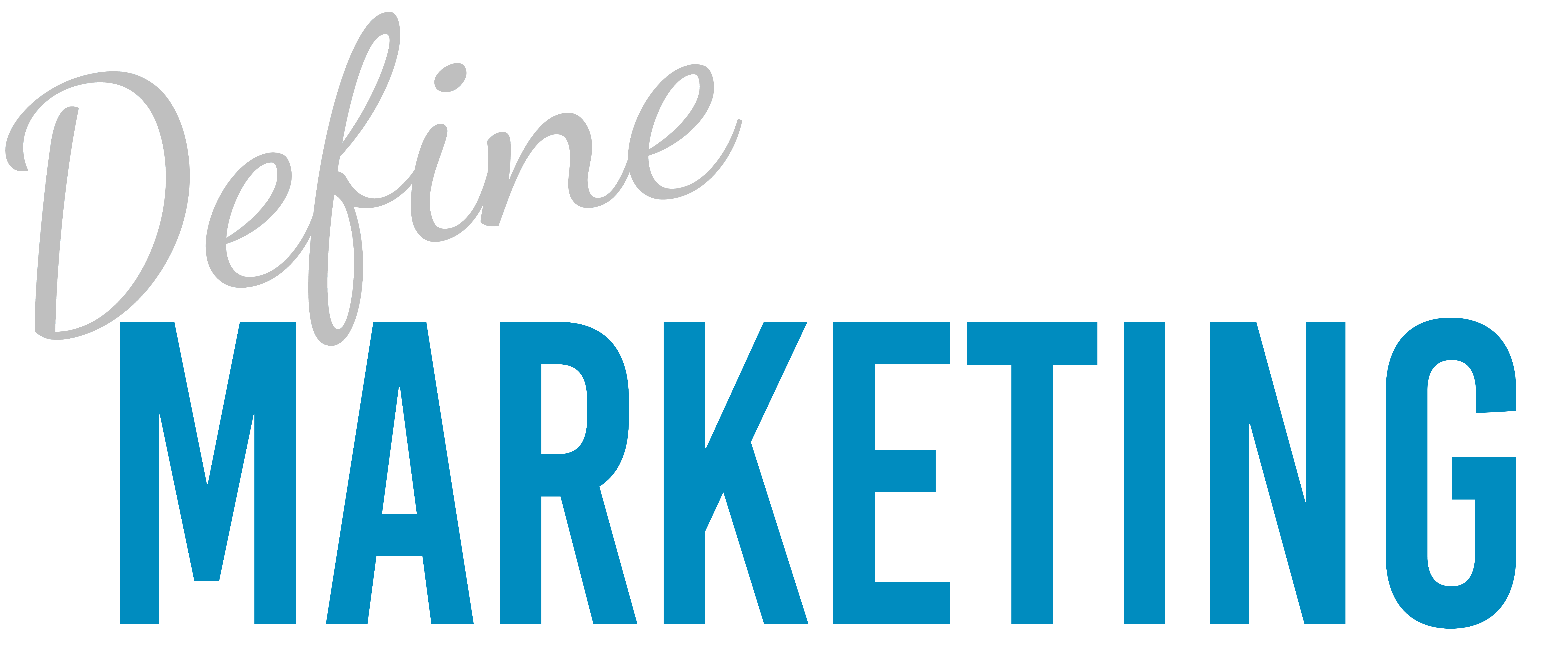Have you ever admired a striking logo, an engaging poster, or an eye-catching billboard? These visual masterpieces are the work of talented graphic designers, who blend creativity, technical skills, and strategy to produce visuals that captivate, inform, and inspire. If you’ve ever wondered what exactly a graphic designer does, you’re in the right place!
Who Is a Graphic Designer?
Graphic designers are visual communicators who use images, typography, and various media to convey messages and ideas. They play a crucial role in shaping a brand’s visual identity, creating compelling graphics that attract and engage the audience. In today’s digital era, where visual content is more important than ever, graphic designers are at the heart of marketing, branding, and communication efforts for businesses of all sizes.
Graphic designers aren’t just artists—they’re problem solvers. They collaborate with marketing teams, content creators, advertisers, and other creative professionals to create designs that align with a brand’s goals, resonate with its target audience, and make a lasting impression.
What Does a Graphic Designer Do?
Graphic designers are responsible for crafting a wide range of visual materials across both physical and digital platforms. Their work spans from traditional print media like brochures, posters, and packaging, to digital creations such as websites, social media graphics, and advertisements. Let’s break down some of their key responsibilities:
- Logo and Branding Design: Designers create visual identities that define how a brand is perceived by the public, developing logos, color schemes, and style guidelines that ensure consistency across all mediums.
- Print Materials: Graphic designers are responsible for producing printed materials such as flyers, business cards, magazines, and packaging, ensuring that these designs are not only visually appealing but also functional.
- Digital Design: From website layouts to social media ads and banners, digital design is a critical aspect of modern graphic design. Designers use their skills to ensure that digital assets are optimized for various platforms and screen sizes.
- Illustrations and Custom Graphics: Sometimes, brands require unique illustrations or custom graphics to communicate specific ideas or tell a story visually.
- Marketing Collateral: Designers create everything from email templates and online ads to large-scale presentations, always ensuring that the visual elements complement and enhance the overall marketing strategy.
What Skills Do Graphic Designers Need?
Graphic designers possess a combination of technical and creative skills. Here are some of the key skills that are essential for success in this field:
- Creativity and Innovation: A designer’s job revolves around thinking outside the box and finding new ways to solve visual communication challenges.
- Typography and Layout: Understanding how to use fonts, spacing, and alignment effectively is crucial for creating clear, professional designs.
- Color Theory: Mastery of color schemes and how different colors affect emotions and perceptions is fundamental to creating effective designs.
- Software Proficiency: Designers must be skilled in digital tools such as Adobe Illustrator, Photoshop, InDesign, and other software to bring their ideas to life.
- Attention to Detail: Graphic designers must have an eye for detail to ensure that every element of their work aligns with the brand’s message and maintains consistency.
- Time Management: Designers often juggle multiple projects with tight deadlines, so good time management and multitasking skills are essential.
What Roles Can a Graphic Designer Take On?
Graphic design is a versatile field with many different roles, offering creative professionals a range of career paths. Here are some of the most common roles that graphic designers can explore:
- Creative Director: Oversees the creative process and manages a team of designers to ensure a unified vision for campaigns and projects.
- Art Director: Leads visual projects, working closely with copywriters and other creatives to produce cohesive campaigns.
- Brand Identity Designer: Specializes in creating the visual elements of a brand’s identity, including logos, color schemes, and typography.
- Web Designer: Focuses on designing website layouts and interfaces, ensuring an optimal user experience.
- Package Designer: Creates eye-catching packaging designs that appeal to consumers while protecting the product.
- Multimedia Developer: Combines graphics, animations, and video elements to create engaging content for various platforms.
Work Environments for Graphic Designers
Graphic designers can work in a variety of environments, each with its own set of challenges and rewards:
- In-House Designers: These professionals work directly for one company, focusing on creating consistent branding and designs across all marketing efforts. In-house designers enjoy stability and often work as part of a larger marketing team.
- Agency Designers: Working for a design or marketing agency, these designers collaborate with various clients across industries, offering more variety but often dealing with tight deadlines and a fluctuating workload.
- Freelance Designers: Freelancers enjoy flexibility, choosing their own clients and projects. However, they are responsible for managing every aspect of their business, from client communication to accounting.
Tools of the Trade
To bring their designs to life, graphic designers rely on a suite of tools and equipment, including:
- High-Performance Computer: Whether using a desktop or laptop, graphic designers need a powerful machine that can handle demanding software and large file sizes.
- Digital Pen and Tablet: Many designers use a stylus and tablet to create illustrations and designs with precision.
- Design Software: Adobe Creative Cloud (Illustrator, Photoshop, InDesign), CorelDRAW, Sketch, and Figma are popular software tools used by designers to craft their work.
Conclusion: The Importance of Graphic Design
Graphic designers play a pivotal role in shaping the way businesses communicate with their audiences. From creating logos and branding materials to developing digital content and marketing collateral, their work is an essential part of any successful marketing strategy. If you’re looking to make a lasting impression with your brand’s visuals, hiring a skilled graphic designer is the way to go.


